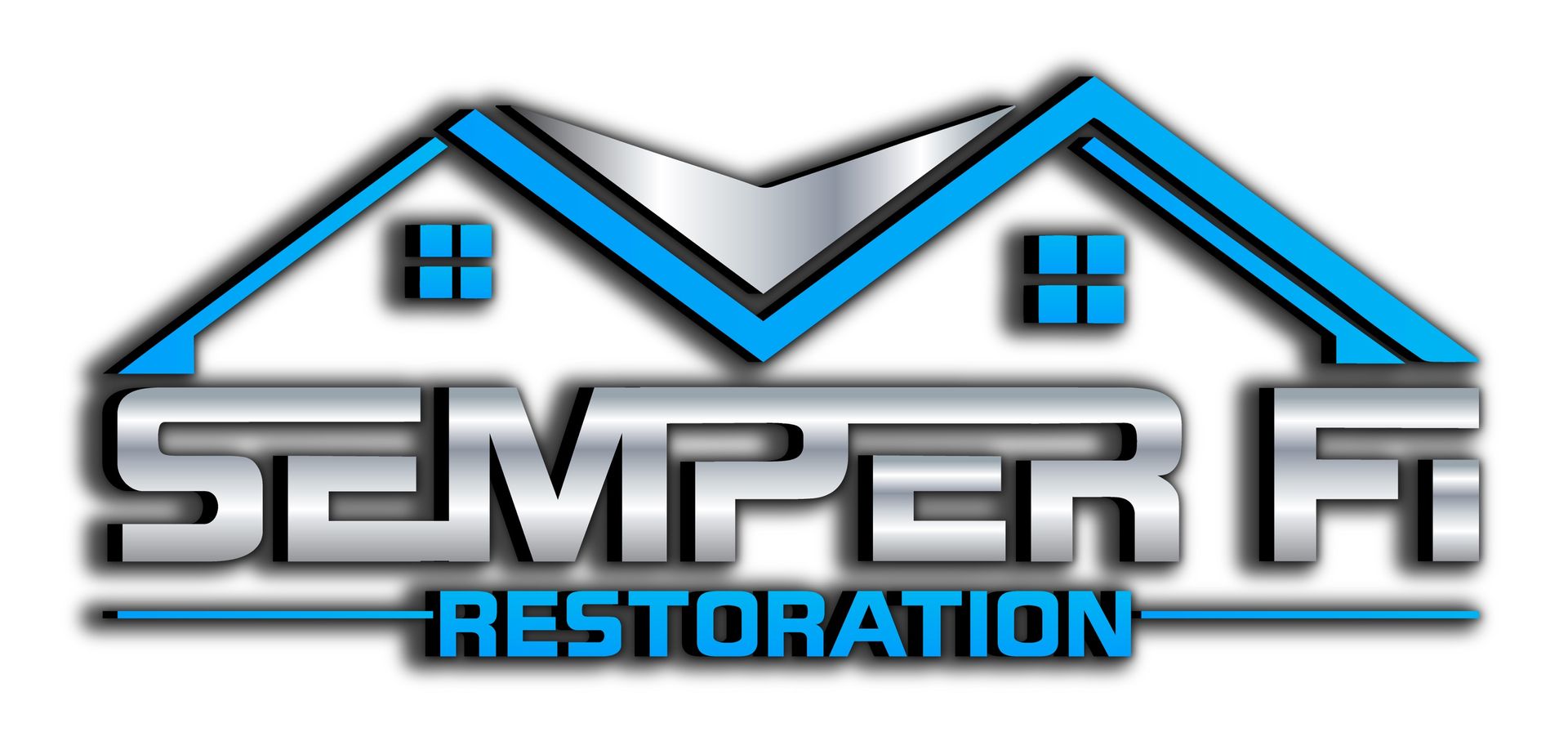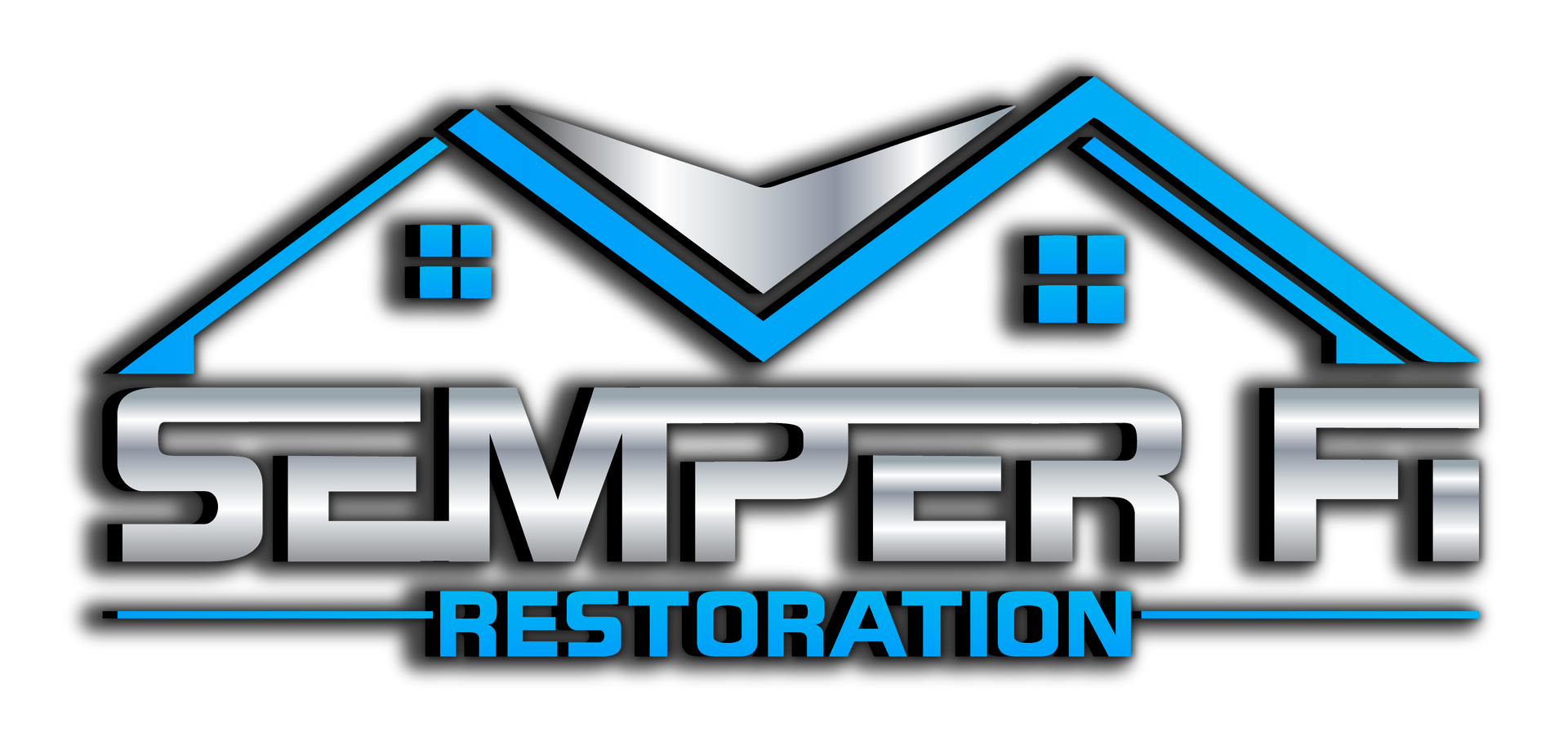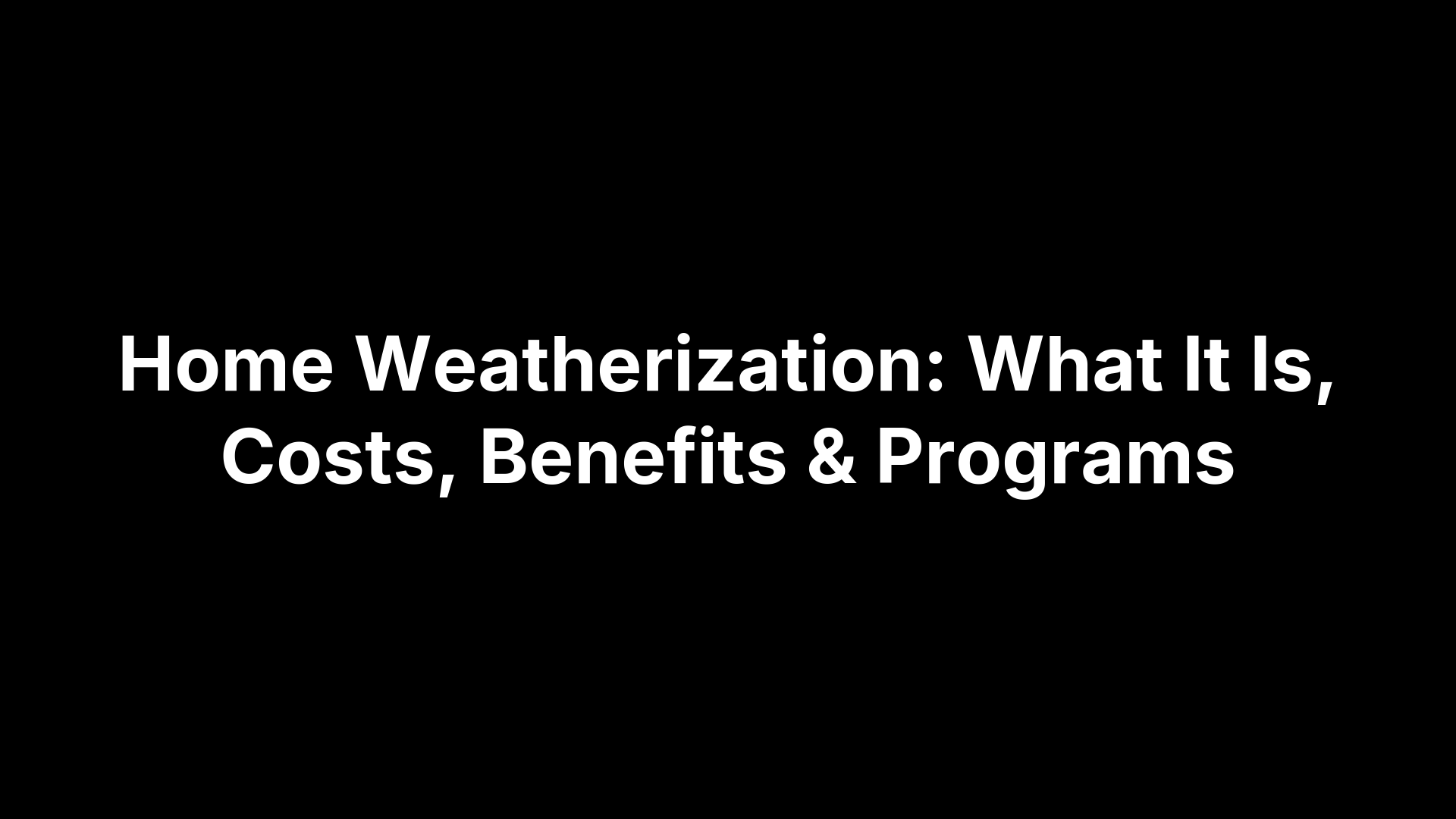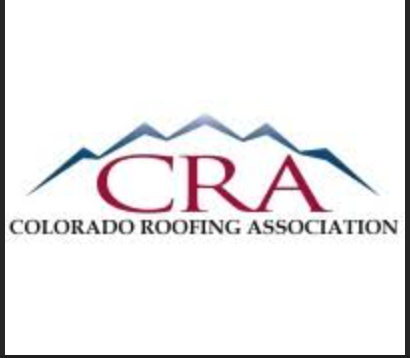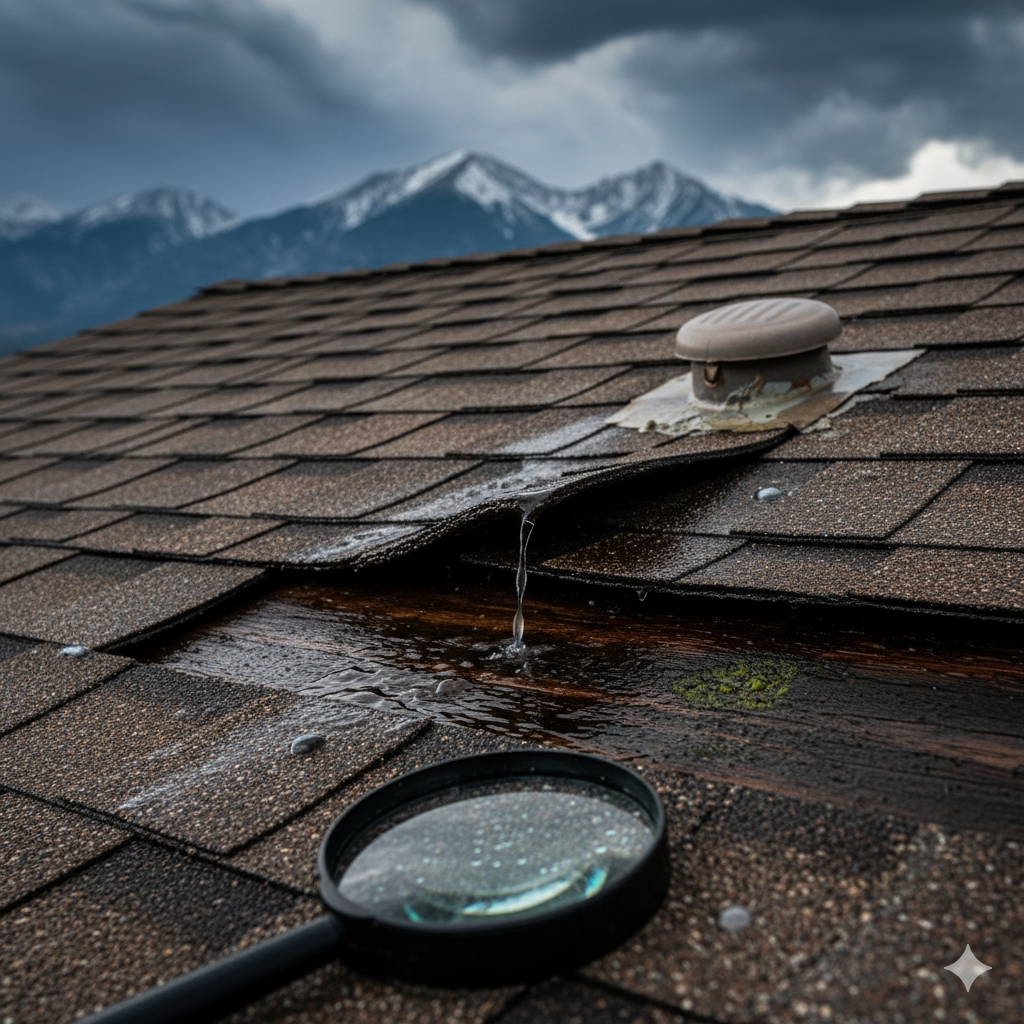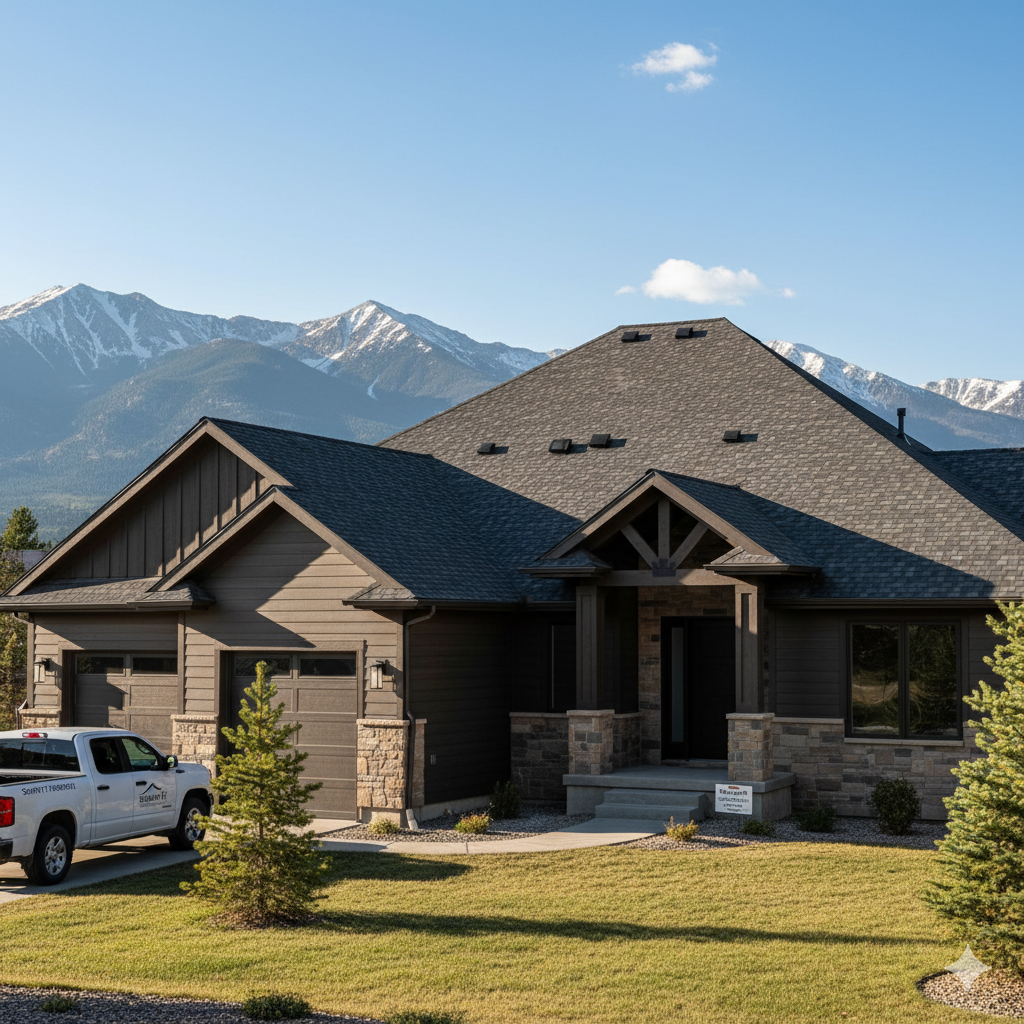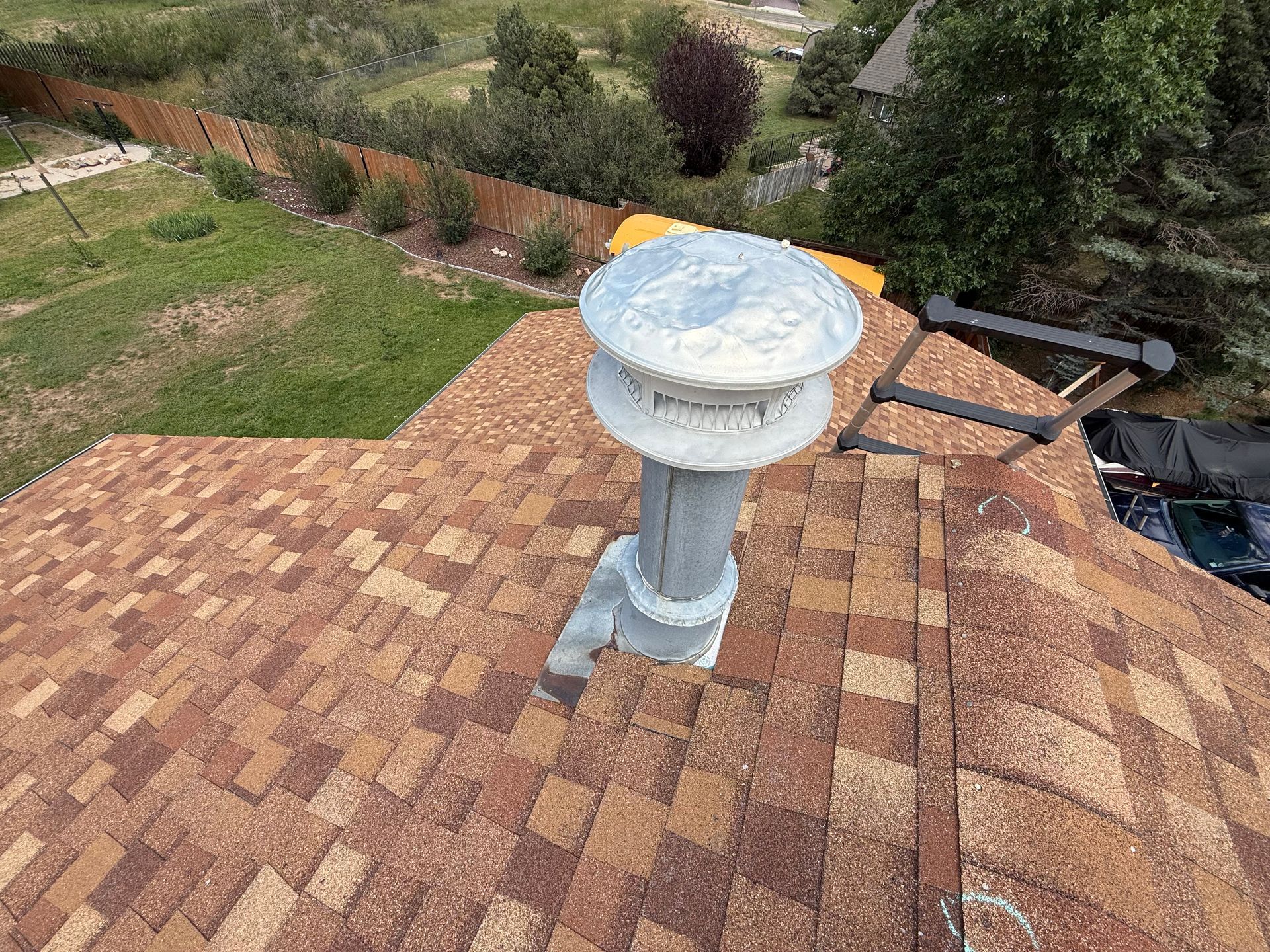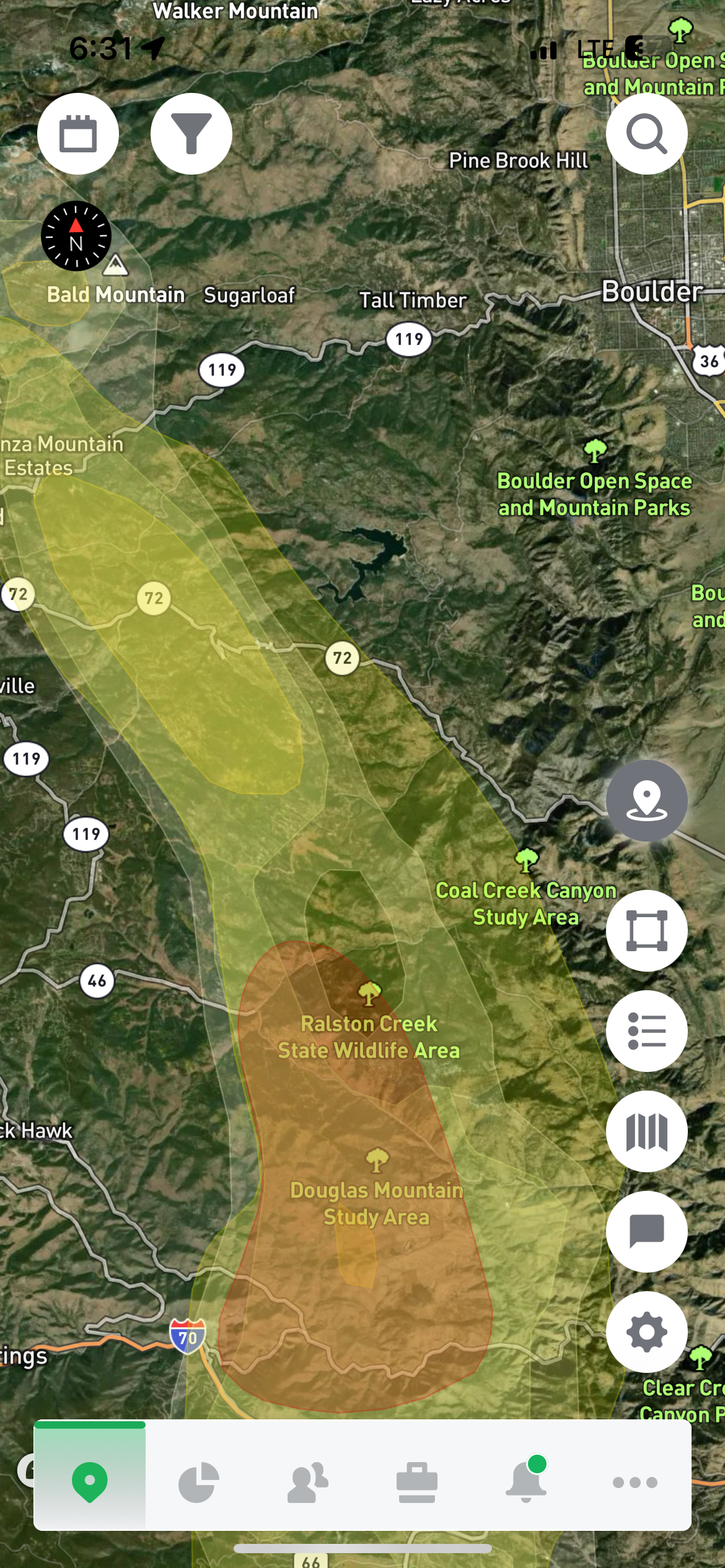Zippering: The Sneaky Roof Damage That Can Blow the Shingles Right Off Your Home
Josh Bosley • June 10, 2025
Ever Heard of Zippering? If You Haven’t, Your Roof Might Already Be at Risk
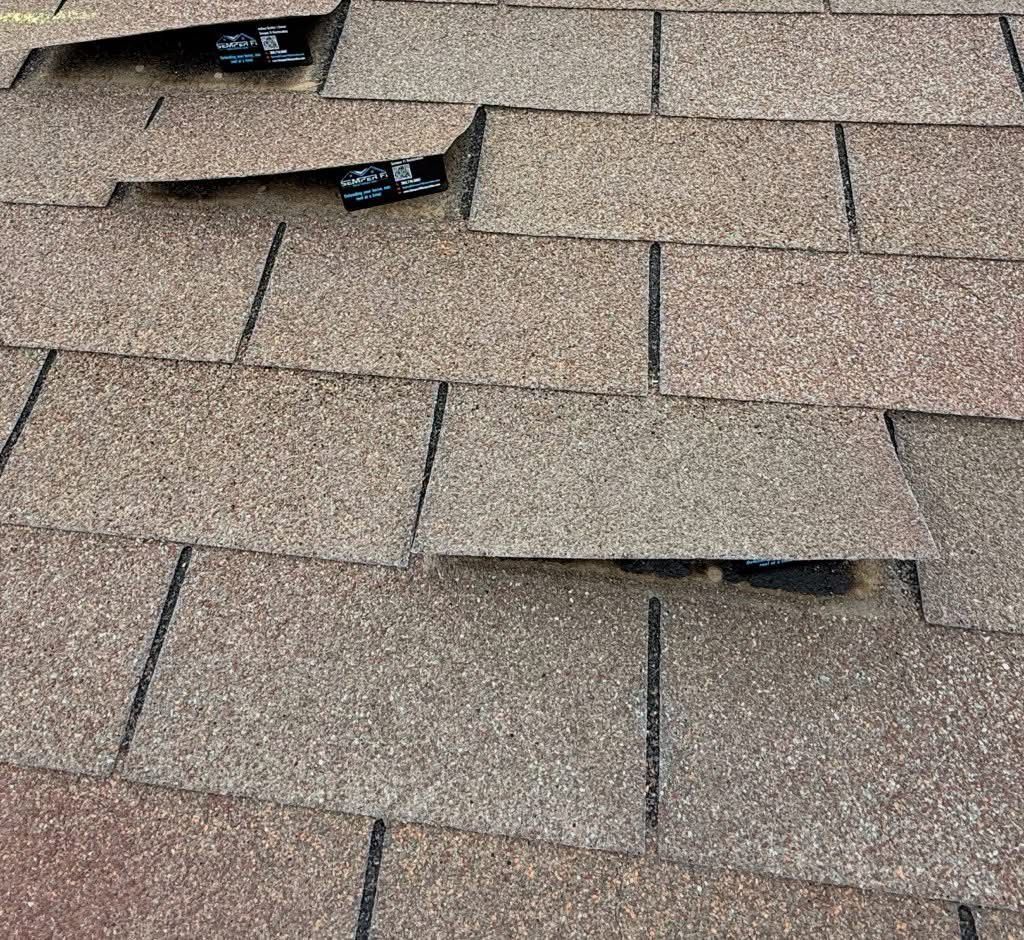
We get it—roofing terms can sound a little confusing. But zippering? That’s one you’ll want to know.
Zippering is a sneaky, storm-related roofing issue that can seriously compromise your shingles—and leave your home exposed to the elements. If your house has weathered high winds or hail in Northern Colorado recently, it’s time to take a closer look. What you don’t see could cost you big.
What Is Zippering?
Zippering happens when strong wind gets under your asphalt shingles, lifting them just enough to break the adhesive seal. Over time—or even in a single storm—this causes the sealant to weaken across a row or section of shingles.
Imagine pulling on the edge of a zipper: one tab gives, then the next, and before you know it, the whole thing peels open. That’s exactly what happens with your shingles during a zippering event.
Once that seal is compromised, it’s open season for:
- Shingles blowing off completely
- Leaks forming in your attic
- Water damage to insulation, drywall, and even electrical
- Mold, rot, and long-term structural issues
Why Zippering Is So Dangerous (and So Easy to Miss)
The scary part? Zippering damage often looks minor from the ground. You might not even notice anything wrong until your roof starts leaking—or your shingles start flying off in the next storm.
At Semper Fi Restoration, we’ve seen entire rows of shingles peel up like dominoes after a storm. All it takes is one weak seal, one windy day, and boom—your roof is wide open.
Signs Your Roof Might Be Zippering
✅ Shingles lifting or flapping during wind
✅ Shingles that look uneven or curled at the edges
✅ Granule loss around shingle edges
✅ Missing shingles after wind or hail
✅ Dark streaks or water spots inside your attic or ceiling
If you’re noticing any of these—or if your roof has taken a beating from recent Colorado storms—it’s time for a professional inspection.
What Happens If You Ignore It?
Zippering doesn’t get better on its own. In fact, every storm after the initial damage makes it worse.
- Your home becomes vulnerable to leaks, mold, and rot
- Shingle replacement turns into full roof replacement
- Insurance may not cover it if you delay repairs
It’s not just a cosmetic issue—it’s a structural and financial one.
How Semper Fi Restoration Can Help
We know how Colorado weather rolls. One week it’s sunny, the next we’re in a wind advisory. Our team is trained to spot zippering before it becomes a disaster.
We offer:
- Free roof inspections
- Storm damage assessments (including photos + documentation for insurance)
- Expert repairs or full replacements if needed
- Honest advice from a local, veteran-owned company
No pressure, no scare tactics—just a real look at your roof’s condition and what it needs to stay solid.
Don’t Wait Until You’re Picking Shingles Out of Your Yard
If you’ve been through storms recently—especially with high winds—it’s worth a 20-minute roof inspection to catch zippering early.
📍 Serving Northern Colorado: Longmont, Thornton, Brighton, Firestone, and surrounding areas
📞 Call or text 720.902.7802 to schedule your free inspection
Protect your roof. Protect your home. We’re Semper Fi Restoration—and we’re here to help.
We'd love to do a complimentary roofing assessment for you!
